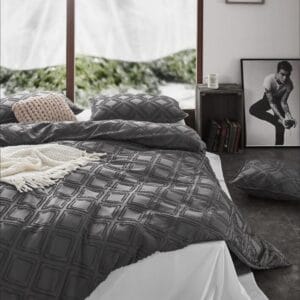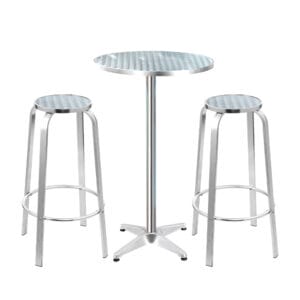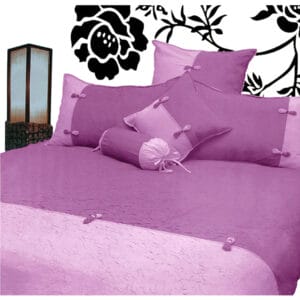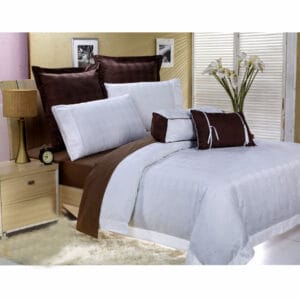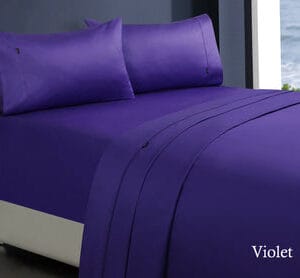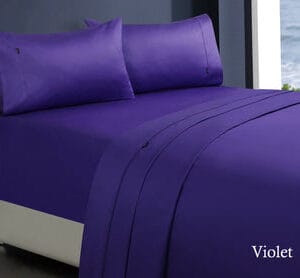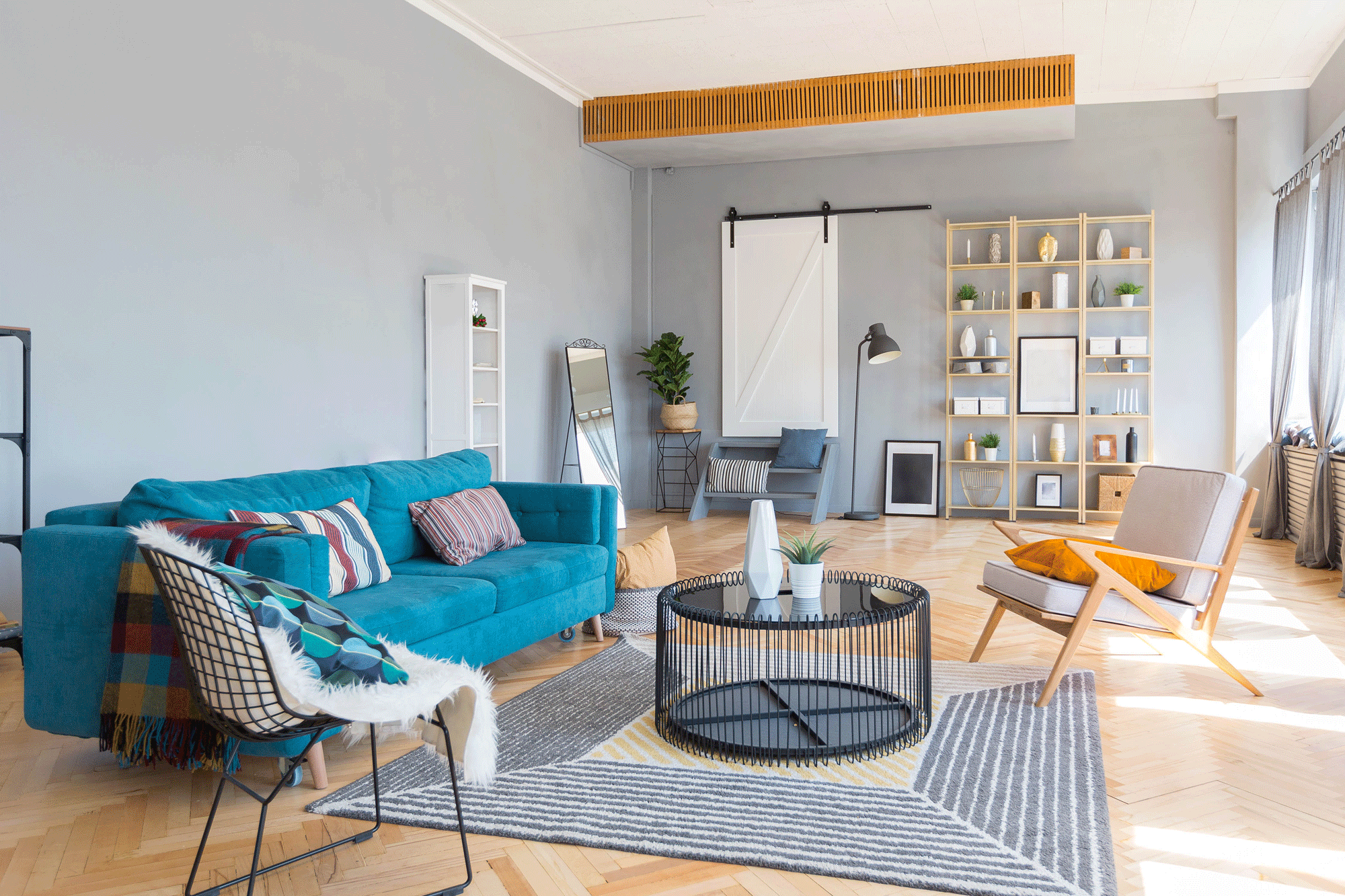
The Art of Mixing Furniture Styles
The Art of Mixing Furniture Styles
In the world of interior design, there is an exhilarating trend that allows you to break free from conventional rules and create a space that truly reflects your individuality – the art of mixing and matching furniture styles. Gone are the days of rigidly adhering to a single design theme; now, you have the creative license to blend different styles seamlessly, resulting in a home that exudes charm, personality, and a unique look. In this article, we will delve into the principles and techniques of combining diverse furniture styles to achieve a harmonious and captivating ambiance.
Embrace Eclecticism
The key to successful furniture style mixing lies in embracing eclecticism. This approach encourages you to celebrate your preferences and select pieces that speak to your heart rather than adhering to a predefined aesthetic. By blending various furniture styles, such as contemporary with vintage or rustic with modern, you can create a dynamic and visually stimulating environment.
Find a Unifying Element
While the goal is to mix different furniture styles, having a unifying element is crucial for achieving a cohesive look. This element can be a common color palette, texture, or material that runs through the various pieces in the room. The unifying element acts as a thread that ties everything together, providing a sense of harmony amidst the diversity.
Balance is Key
Maintaining balance is essential when combining furniture styles. Ensure that no single style dominates the room, as it may lead to a disjointed and chaotic appearance. Instead, strive for a proportional distribution of the different styles to create a well-balanced and aesthetically pleasing space.
Pay Attention to Scale
When mixing furniture styles, pay close attention to the scale of the pieces. Large, bulky items can overwhelm the room, while small, delicate pieces may get lost in the arrangement. Aim for a balanced mix of sizes, ensuring that each piece complements the others without creating an imbalance in visual weight.
Create Focal Points
Introduce focal points in the room to draw attention and anchor the overall design. A standout piece, such as an eye-catching antique cabinet or a boldly patterned sofa, can serve as a captivating focal point amidst the varied furniture styles.
Experiment with Textures
Textures play a vital role in adding depth and visual interest to a space. When mixing furniture styles, incorporate a diverse range of textures, such as smooth fabrics, distressed woods, plush rugs, and metallic accents. This interplay of textures will add dimension to the room and create a rich sensory experience.
Trust Your Instincts
Ultimately, the art of mixing and matching furniture styles is a creative endeavor. Trust your instincts and take calculated risks to curate a space that feels authentic to you. Don’t be afraid to step outside the norm and explore unconventional combinations – it is often in these daring choices that the most remarkable design statements are made.
Seek Inspiration
If you find yourself unsure about where to begin, seek inspiration from interior design magazines, online platforms, or even by visiting furniture showrooms. Take note of design elements that resonate with you and adapt them to suit your personal taste and existing furniture pieces.
Gradual Integration
If the concept of mixing furniture styles feels overwhelming, consider gradually integrating new pieces into your existing decor. Start with small accent pieces or decorative items that blend well with your current style. As you become more confident, you can introduce larger, bolder pieces into the space.
Edit and Refine
As with any creative process, editing and refining are essential steps. Regularly assess your design choices and make adjustments as needed. Remember that the beauty of mixing furniture styles is the ability to evolve and grow your space over time.
In conclusion, the art of mixing and matching furniture styles opens up a world of possibilities for creating a home that is uniquely yours. Embrace eclecticism, find a unifying element, and maintain balance to achieve a cohesive look. Experiment with textures, create focal points, and trust your instincts as you curate a space that reflects your personality and design sensibilities. With careful consideration and a touch of creativity, you can transform your living space into a captivating and harmonious haven that truly stands out.
